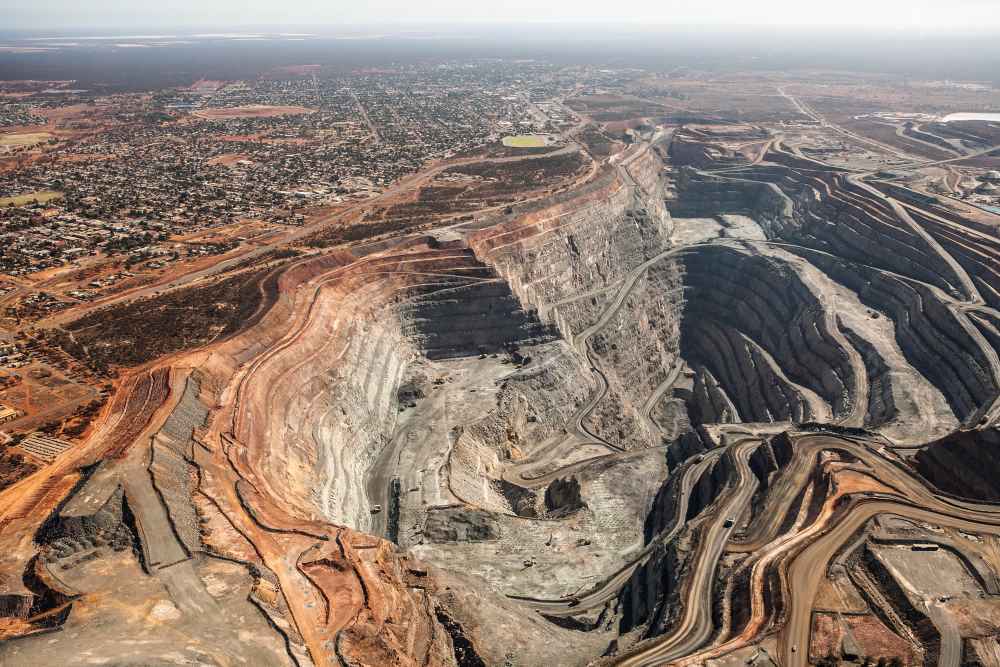
A world-leading rechargeable vanadium battery has come online in South Australia (SA). The Spencer Energy Project in Port Pirie is now home to an 8-gigawatt vanadium battery with twice the duration of its lithium-ion counterparts. Recharged by an array of solar panels, the battery can last for up to four hours, which is a considerable improvement on Lithium technology which is generally done anywhere from half an hour to just two hours. The project will purchase power to recharge when the prices are low – during off-peak demand – while turning on the switch and providing energy to the SA grid when needed.
It’s hoped that this tactic could even reduce power prices in the state.
The Chairman of Yadlamalka Energy, who will operate the Bungama sub-station, Andrew Doman, said it would be “the first commercial vanadium battery use in the southern hemisphere”. Expected to be fully operational by August 2023, the flow battery will store about 10 gigawatts of dispatchable solar power yearly.
“We’re on the verge of a vanadium revolution,” Mr Dorman added.
Vanadium-flow batteries are an Australian invention discovered at the University of New South Wales in the 1980s. According to Mr Doman, “vanadium is ethically sourced and more widely available in Australia than other critical minerals like copper, nickel and cobalt”. The vanadium is converted into an electrolyte holding ions and storing electricity inside the battery.
A recent study by the Chamber of Minerals and Energy of Western Australia has highlighted the stunning contribution of mining and energy companies and contractors to the broader economy.
In Western Australia (WA), these sectors contributed almost $100 billion alone.
The actual figure, including contractors and businesses from all states and territories, will likely be much higher. While the sector also employed 69,000 full-time people during the 2021/22 financial year. Notably, this includes a period when the Covid pandemic raged throughout Australia.
The Chambers CEO, Rebecca Tomkinson, said, “It’s remarkable to see the efforts of an entire industry over a year boiled down to just the raw numbers. Whichever way you look at the figures, the contribution that our industry makes to both WA and the nation is enormous.”
The CME conducted its analysis with 71 WA resource sector companies.
Here are some key findings at a glance:
During the recent World Mining Congress in Brisbane, Aussie politicians outlined the strategy for increased investment and expansion of the critical minerals value chain.
Minister for Resources and Northern Australia Madeleine King said the nation was “on the cusp of an energy transformation”, with “vast opportunities ahead for the Australian mining and energy industries.”
Much of the roundtable discussions revolved around extending the value of Australia’s critical minerals and building downstream processing while strengthening international partnerships and supply chains. Under the Strategy, the Government will target $500 million of new investment into critical minerals projects through the Northern Australia Infrastructure Facility.
“The strategy sets out a plan for how Australia can become a globally significant producer of raw and processed critical minerals and boost economic opportunities for First Nations people and across regional communities,” King said. “Through the resources ministers’ roundtable, we are working to build a common understanding of how Governments can maximise these opportunities for the benefit of all Australians.”
Dust suppression is a critical issue in the world of mining and resources.
Learn more about GRT’s industry-leading and IoT-connected SMART Dosing Units, and discover how we’re driving better dust suppression solutions for all!
Your feedback is important to us.
If you enjoyed reading this Global Road Technology industry update and found it informative, please let us know by leaving a REVIEW.
https://www.abc.net.au/news/2023-06-23/vanadium-flow-battery-south-australia/102515616
Are environmental regulations, health and safety concerns or potential profit loss a concern right now?
Contact Us Now